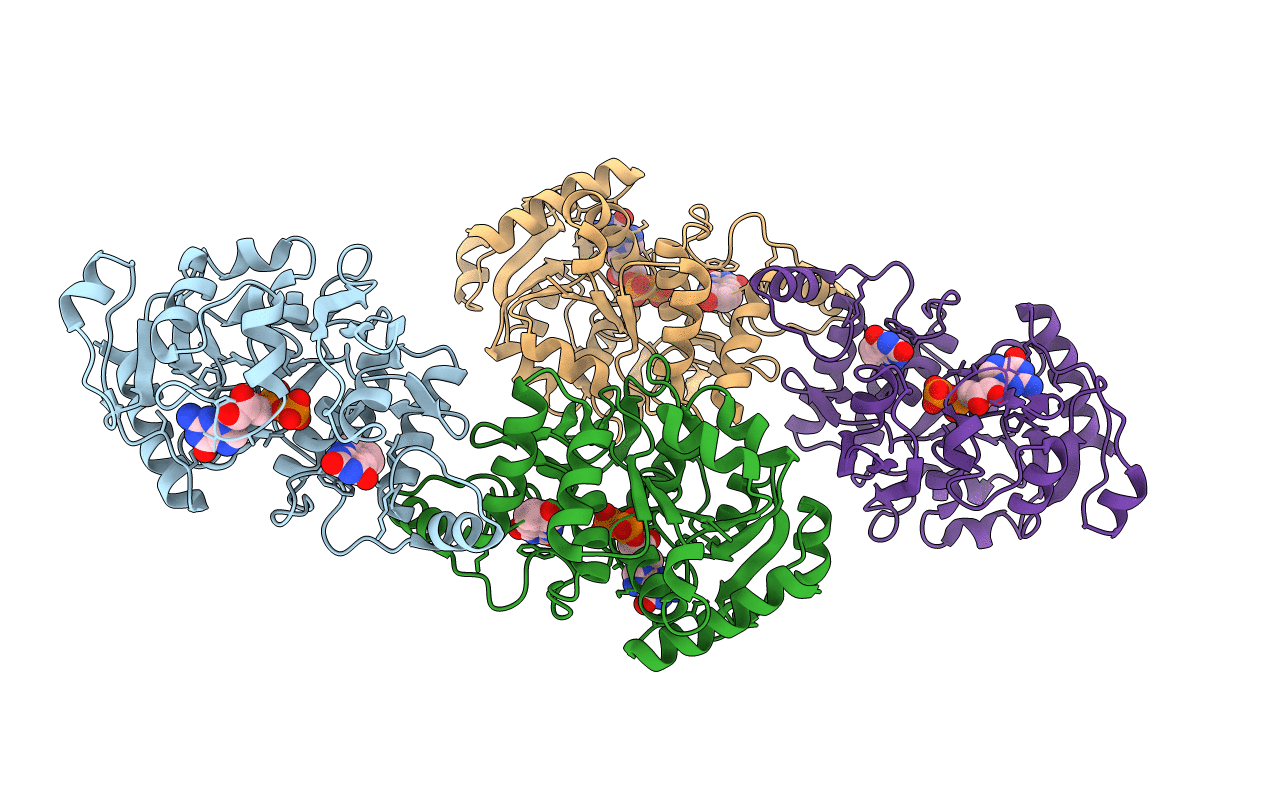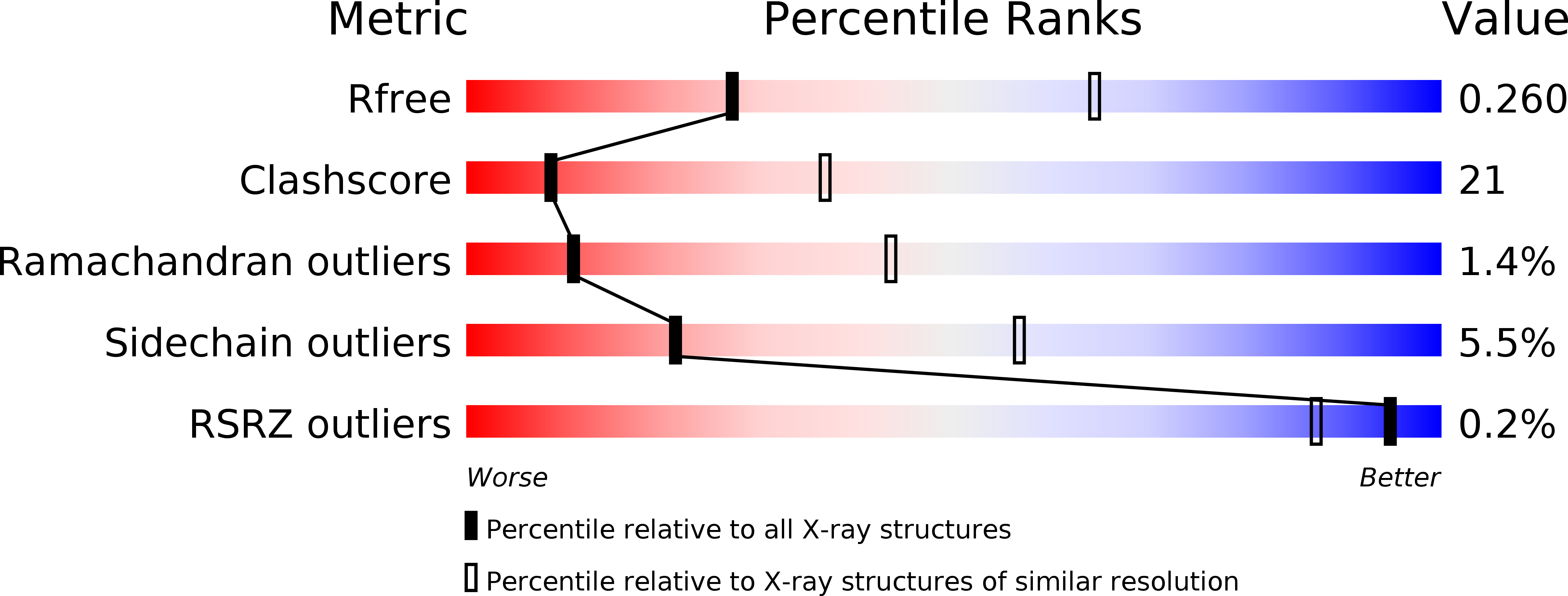
Deposition Date
2008-01-28
Release Date
2008-02-19
Last Version Date
2024-10-16
Entry Detail
PDB ID:
3C3E
Keywords:
Title:
Crystal structure of 2-phospho-(S)-lactate transferase from Methanosarcina mazei in complex with Fo and GDP. Northeast Structural Genomics Consortium target MaR46
Biological Source:
Source Organism:
Methanosarcina mazei Go1 (Taxon ID: 192952)
Host Organism:
Method Details:
Experimental Method:
Resolution:
3.00 Å
R-Value Free:
0.23
R-Value Work:
0.20
R-Value Observed:
0.20
Space Group:
P 32


